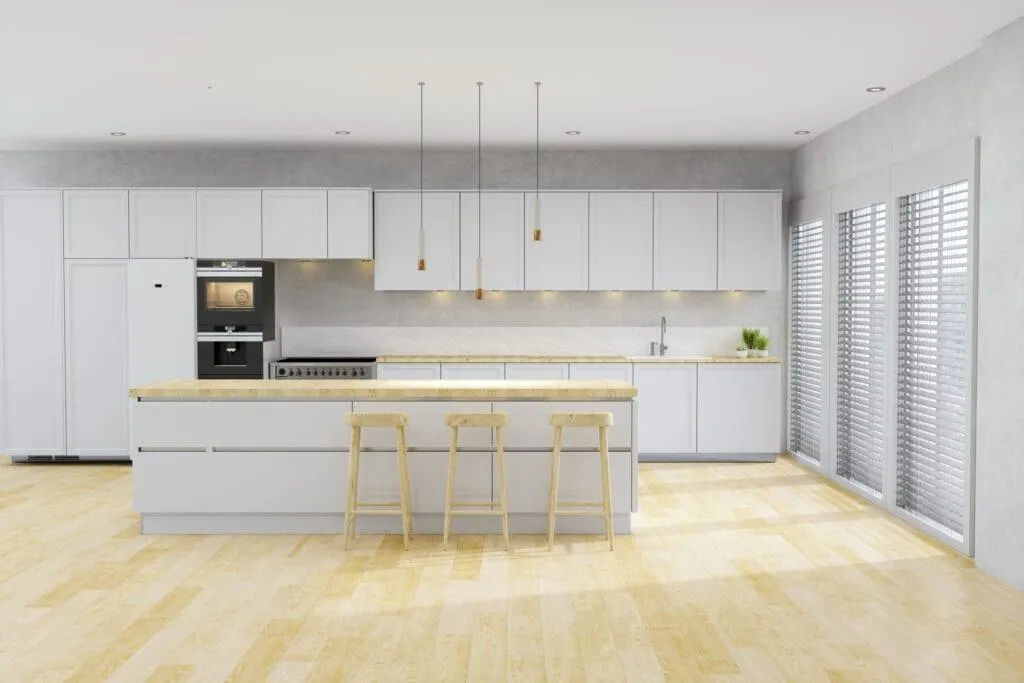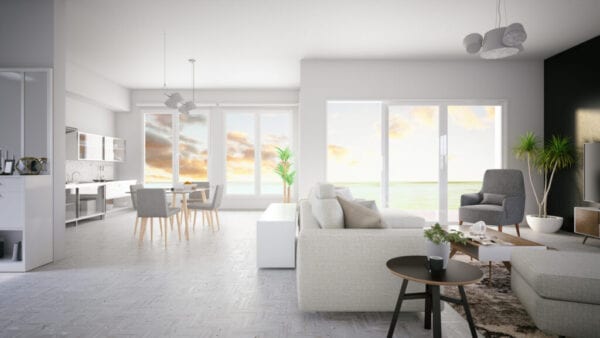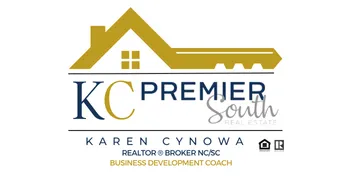karen@mail.karencynowa.com
Blog

Back to Basics: The Importance of Rhythm in Interior Design (Plus, How to Make It Work for You)
Back to Basics: The Importance of Rhythm in Interior Design (Plus, How to Make It Work for You)

We hope you like the products we recommend. Just so you are aware, Freshome may collect a share of sales from the links on this page.
Odds are, you’re probably used to hearing about rhythm in connection to music. It’s the thread that ties all the stanzas, bridges, and choruses in a song together. However, rhythm in interior design works in much the same way. Though you may never have noticed it before, it’s the subtle pattern that takes all of your individual design elements and ties them together. Many people believe that rhythm is a secret to a successful design. It’s the thing that gives top-end interiors that extra hint of polish, and if you can’t quite place why your design feels as though it hasn’t really come together, it’s likely the root of your troubles. If you’re ready to take your interiors to the next level, read on below. This guide will help you discover what rhythm is, why it works, and how you can apply this principle in your own home. Make an effort to add rhythm into your interiors and we guarantee that you’ll be surprised at just how much of an impact a few simple changes can bring.

What is Rhythm in Interior Design?
To start, rhythm is one of the seven principles of interior design. It’s used to help our eyes move around a room in an organized manner and thought. Also, it plays a large role in how we perceive the space, both in terms of functionality and whether or not it seems aesthetically pleasing. There are five main techniques that you can utilize to encourage the flow of movement throughout your interiors. They are as follows:
Repetition: Repeating a continuous pattern throughout the space to create a sense of stability
Gradation: Using a step-by-step sense of progression to move the eye from one end of the space to the other
Transition: Allowing a design element (usually shape) to move the eye in an uninterrupted flow from one spot to another
Contrast: Contrast is created when one design element is in direct opposition to another, causing the eye to move back-and-forth between them
Radiation: When several design elements come together to form a balanced rotation around a center object
Of course, you don’t have to use all five of these techniques in a single project. Incorporating one or two throughout different components of the design can help to visually unify the space, while still leaving enough variation to keep it from feeling boring.
Link to full article: HERE





